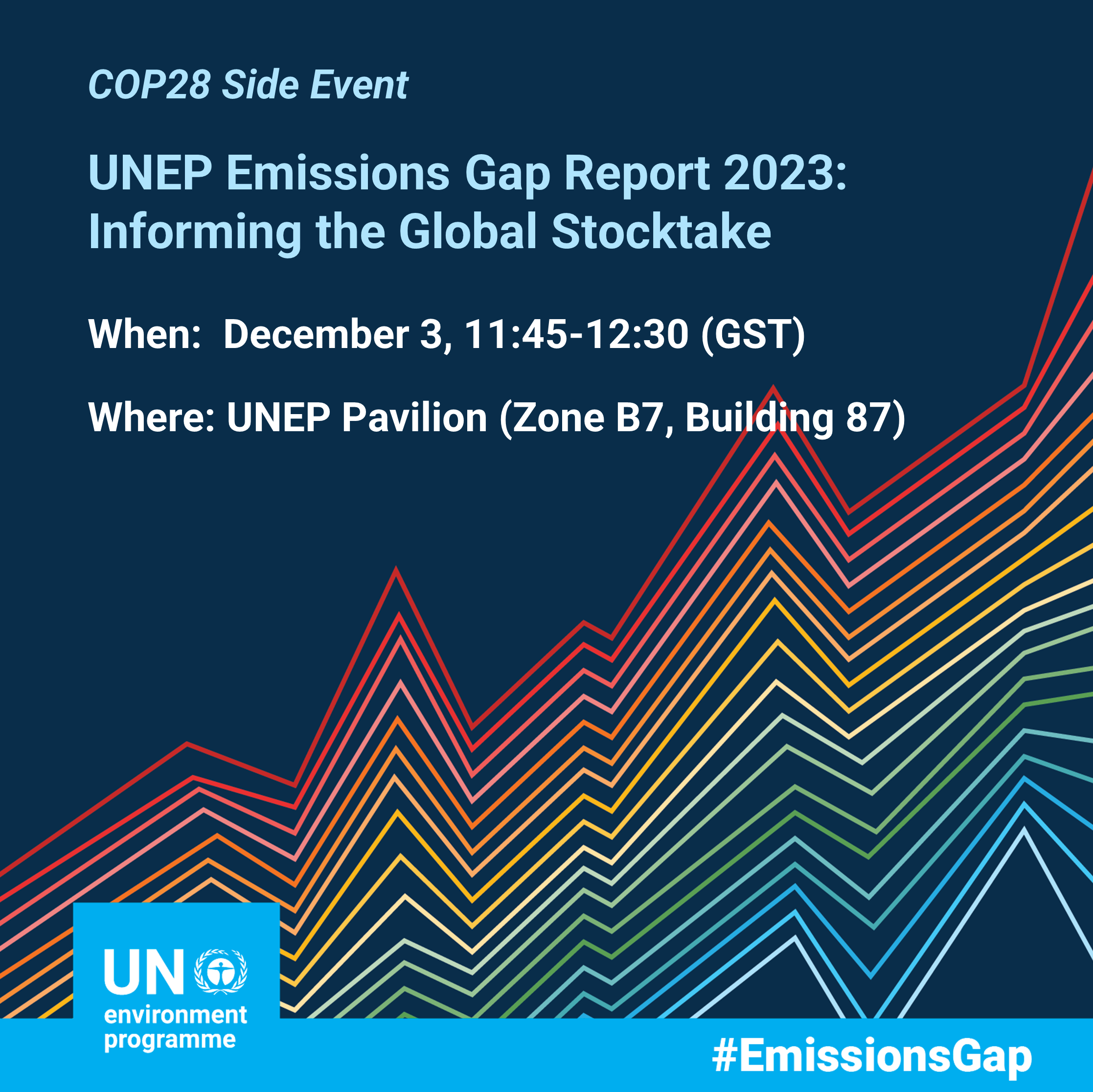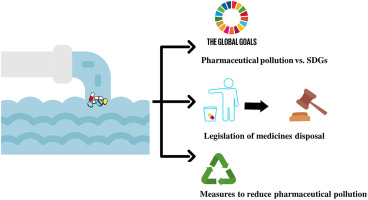Emission Gap Report 2023
Why in News
Ahead of COP28, the United Nations Environment Programme (UNEP) released a report titled ‘Emissions Gap Report 2023: Broken Record — Temperatures hit new highs, yet world fails to cut emissions (again)’.
Important Points
Emissions Gap Report:
- The UNEP Emissions Gap Report (EGR) series tracks world progress in limiting global warming well below 2°C and pursuing 1.5°C in line with the Paris Agreement.
- Since 2010, it has provided an annual science-based assessment of the gap between estimated future global greenhouse gas (GHG) emissions if countries implement their climate mitigation pledges, and where they should be to avoid the worst impacts of climate change.
- Each year, the report also highlights key opportunities to bridge the emissions gap, tackling a specific issue of interest.
- With the aim to inform the climate negotiations among UN Member States, the EGR is launched every year ahead of the UN Climate Change Conference of the Parties (COP).
Major Takeaways from the EGR 2023:
Rising global temperature:
- 86 days have been recorded with temperatures exceeding 1.5°C above pre-industrial levels this year.
- Not only was September the hottest month ever, it also exceeded the previous record by an unprecedented 0.5°C, with global average temperatures at 1.8°C above pre-industrial levels.
Global GHG emissions set new record in 2022:
- Global GHG emissions increased by 1.2 per cent from 2021 to 2022 to reach a new record of 57.4 gigatons of CO2 equivalent (GtCO2e).
- All sectors apart from transport have fully rebounded from the drop in emissions induced by the COVID-19 pandemic and now exceed 2019 levels.
- CO2 emissions from fossil fuel combustion and industrial processes were the main contributors to the overall increase, accounting for about two thirds of current GHG emissions.
Global patterns of inequality:
- Per capita territorial GHG emissions vary significantly across countries.
- They are more than double the world average of 6.5 tons of CO2 equivalent (tCO2e) in the Russian Federation and the United States of America, while those in India remain under half of it.
- Per capita emissions are fairly similar in Brazil, the European Union and Indonesia, and at levels slightly below the G20 average.
- Historic emissions and contribution to global warming similarly vary significantly across countries and groups of countries.
Action in this decade will determine the ambition required in the next round of NDCs for 2035:
- The emissions gap is defined as the difference between the estimated global GHG emissions resulting from full implementation of the latest NDCs and those under least-cost pathways aligned with the long-term temperature goal of the Paris Agreement.
- The first global stocktake under the Paris Agreement is envisaged to inform the next round of NDCs that countries are requested to submit in 2025, which will include targets for 2035.
- Overall, global ambition in the next round of NDCs must be sufficient to bring global GHG emissions in 2035 to the levels consistent with below 2°C and 1.5°C pathways.
Global warming is estimated to be limited to 3°C:
- A continuation of the level of climate change mitigation efforts implied by current policies is estimated to limit global warming to 3°C (range: 1.9–3.8°C) throughout the century with a 66 per cent chance.
- Warming is expected to increase further after 2100 as CO2 emissions are not yet projected to reach net-zero levels.
- In the most optimistic scenario where all conditional NDCs and net-zero pledges are met, global warming is projected to be limited to 2°C.
Need for political action:
- The EGR lists 4 key areas where political action is required to mitigate global warming. These 4 areas are:
- Setting and signalling Carbon dioxide removal priorities.
- Developing robust measurement, reporting and verification systems to enhance credibility.
- Harnessing synergies and co-benefits with other efforts.
- Accelerating innovation.
United Nations Environment Programme:
About
- The UNEP was established in 1972 at the United Nations Conference on the Human Environment, popularly known as the Stockholm Conference, as it was held in Stockholm, Sweden.
- It uses its expertise to strengthen environmental standards and practices while helping implement environmental obligations at the country, regional and global levels.
Six Areas of Concentration
- Climate Change
- Post-Conflict and Disaster Management
- Ecosystem Management
- Environmental Governance
- Harmful Substances
- Resource Efficiency/Sustainable Consumption and Production
Governing Body
- The UN Environment Assembly is the governing body of the UNEP.
- It was created in 2012 to replace the governing council.
- It currently has 193 members and meets every two years.
- Headquarters: Nairobi, Kenya
Reports Published by UNEP:
- Emissions Gap Report
- Annual Frontiers Report
- Global Environment Outlook




.jpg)


.jpg)
.jpg)




.jpg)
